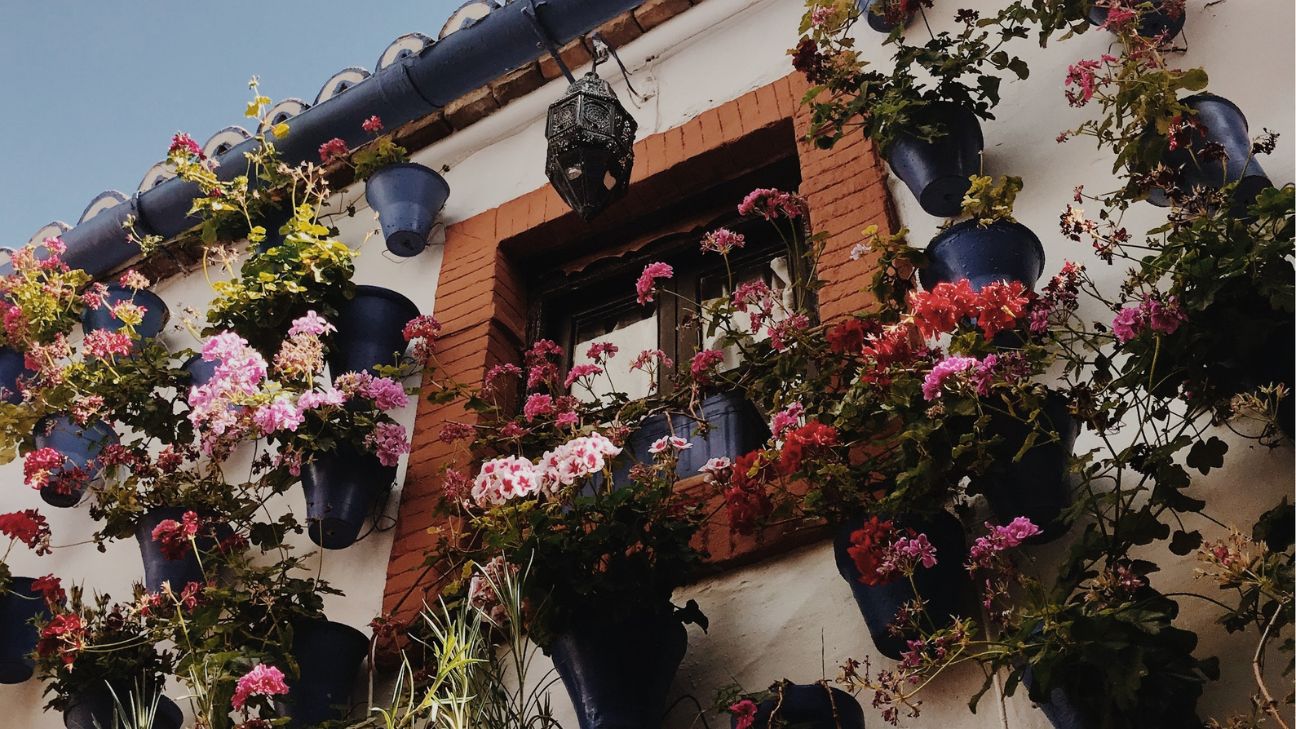Watering Schedules Vary by Plant Needs & Climate
Maximize Your Effort & Investments
When is the best time to water plants? With as much time, money, and back-breaking work we invest in our gardens, we want to make sure we’re doing everything right. Our lawns and gardens can be sensitive to environmental changes, and what seems like a slight variation to us can cause a lot of damage to our plants.
For instance, we might not think that the time of day when we water our plants makes a big difference, so long as they are getting water, right? As it turns out, it’s a bit more complicated than that, and it varies by the plant, whether it is inground or planted in a container, and the climate you live in.
Here are some guidelines on when different plants like to be watered, and tips on how to make sure they are getting the full benefits of your work.
When is the Best Time to Water Plants? – Vegetable Garden Beds
Early in the Morning
Vegetable garden beds do best with deep watering in the early mornings, around three times a week. If you live in a very hot and dry climate, it may be worth considering installing a drip irrigation system or soaker hose. These are great options because they keep leaves dry, which deters fungus. Keep in mind that different fruit and vegetable plants have different water requirements, and this is just a general schedule.
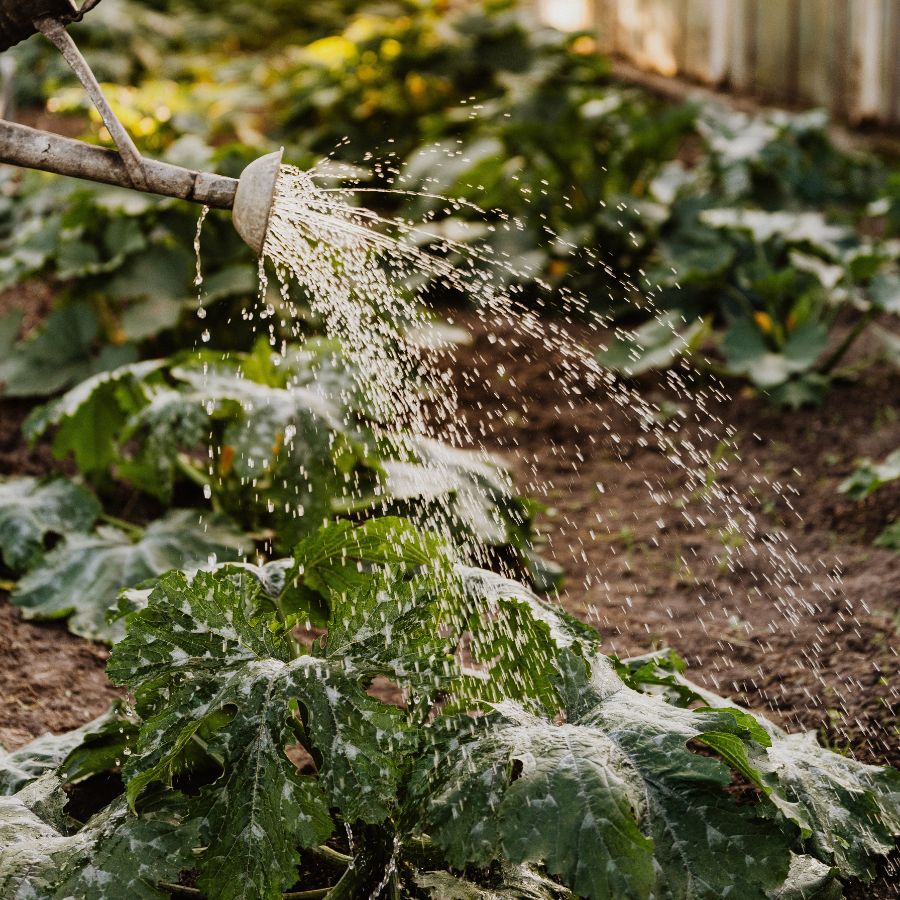
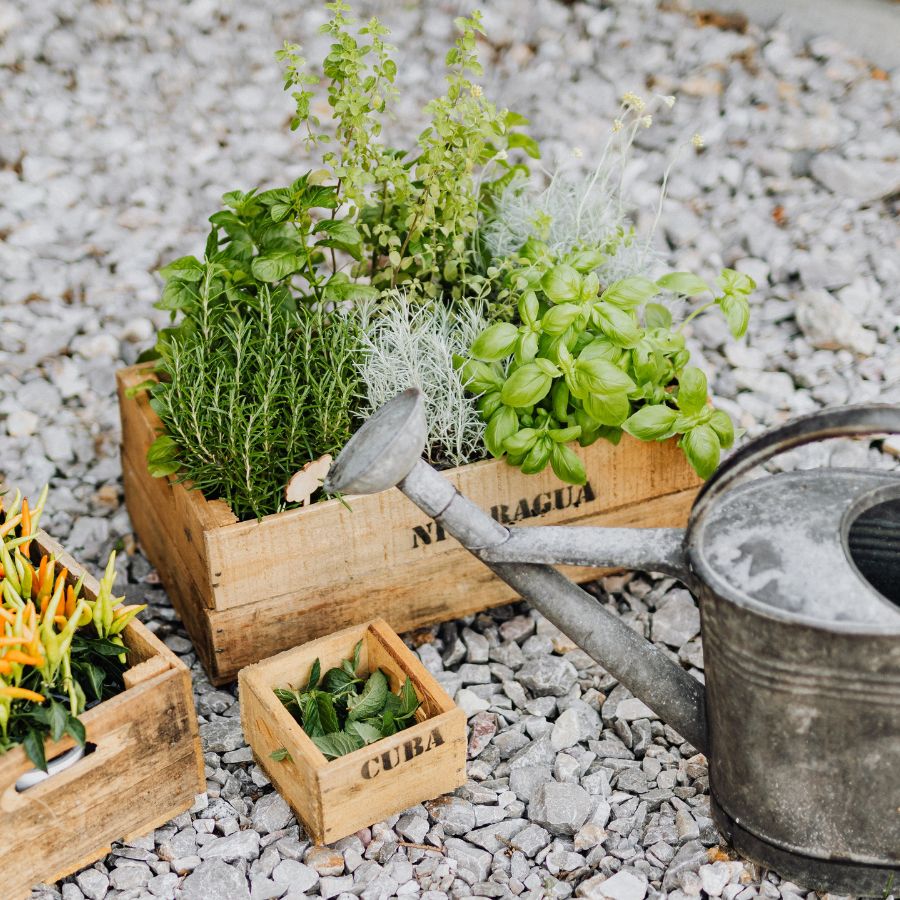
When is the Best Time to Water Plants? – Herbs
Morning or Evening
Herbs will benefit from being watered either in the morning or in the evening. Take care to consider the different types of herbs, though. Drought resistant herbs like oregano, rosemary, sage, and thyme need less water than basil, mint, and parsley. To improve drainage for drought resistant herbs, consider adding sand or perlite to the soil.
When is the Best Time to Water Plants? – Annuals
Daily, in the Morning
Annuals have shallow roots that benefit from daily watering in the morning, whether they are in pots or hanging baskets. If you live in a very hot and dry climate, they may benefit from watering in both the morning and the evening. Mulch can help the soil retain moisture, just make sure the mulch doesn’t touch the plants.
Learn more about annual plant characteristics and needs here.
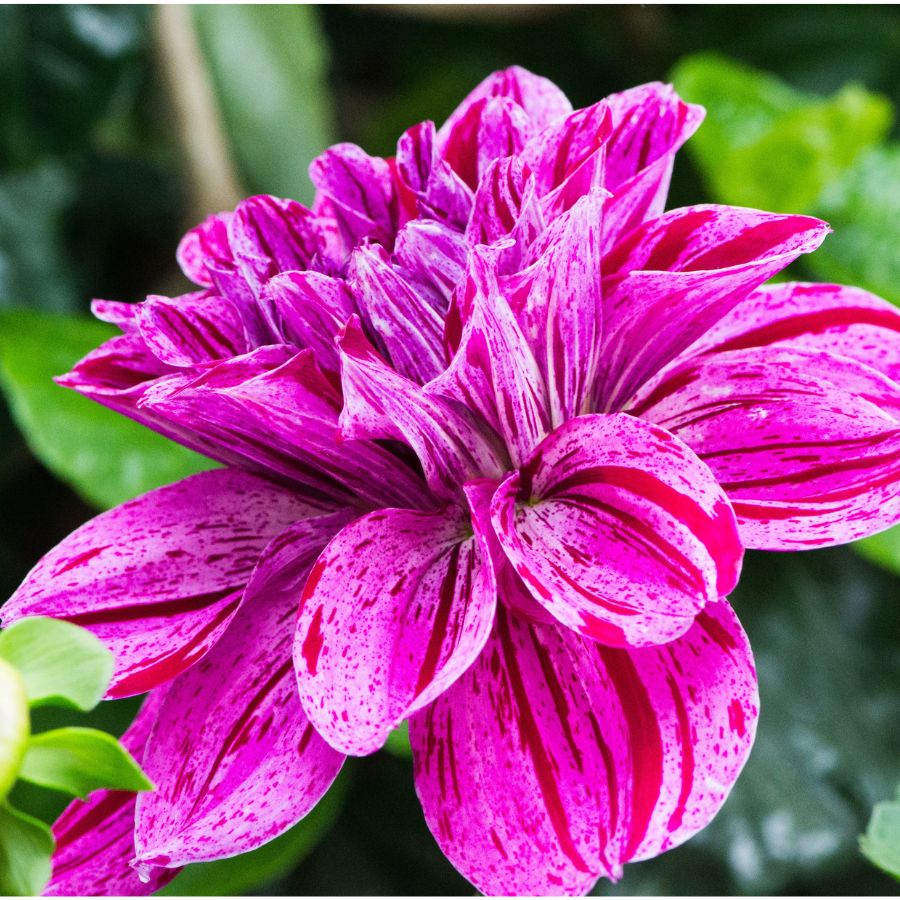

When is the Best Time to Water Plants? – Perennials
Early Morning
Perennials have deeper roots, so they need deeper watering than annuals. This is best done a couple of times a week in the early morning. Check the soil for dryness during heat spells and increase watering frequency if you need to. Just make sure to avoid soaking leaves and flowers to prevent fungal diseases.
Learn more about perennial plant characteristics and needs here.
When is the Best Time to Water Plants? – In Pots
Early Morning
Because of their height and drainage capabilities, containers tend to dry out faster than inground garden beds. It’s best to water containers in the early morning so the soil has time to soak up the water before the sun evaporates it. In very hot and dry climates, it’s recommended that containers get watered in the morning and the evening, depending on how well the container drains.
As a rule of thumb, if the top inch of soil is dry, the container probably needs water. This doesn’t apply to all plants, though. Drought resistant plants like succulents require much less water. Like we mentioned before, it’s always best to research the specific plants before settling on a watering schedule.
Tip: Consider using self-watering containers for water loving plants like vegetables and fruit.
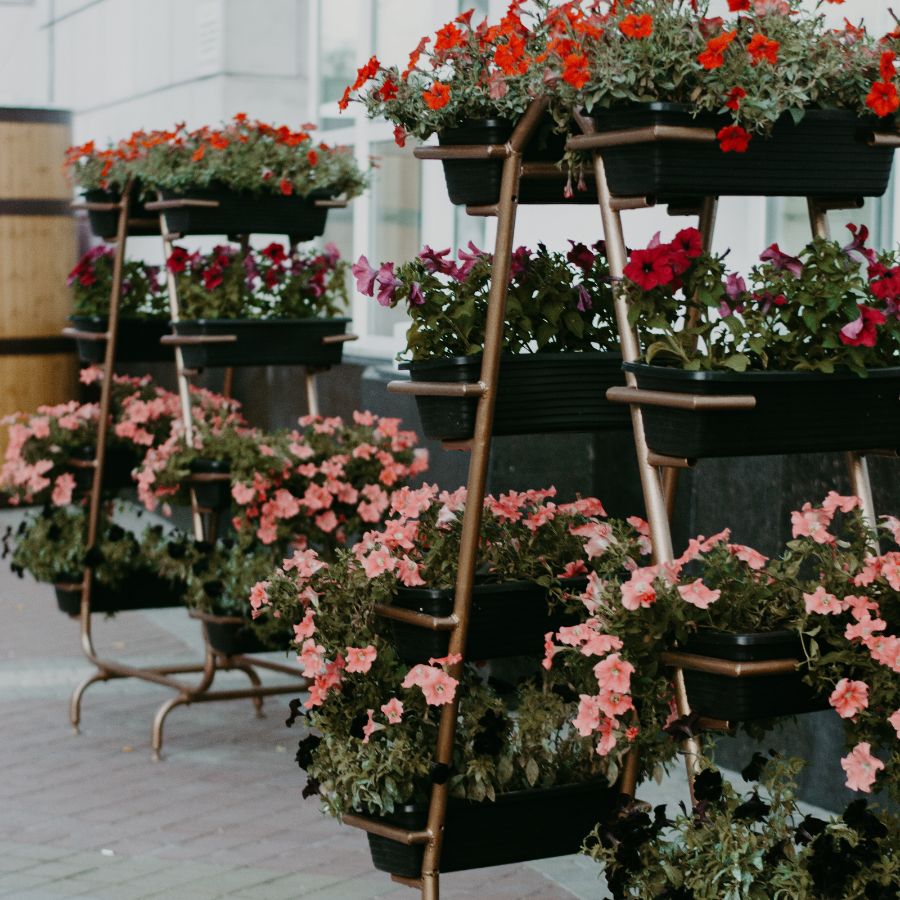
Additional Tips on Watering
High winds can dry out moisture faster- pay close attention to soil moisture in these conditions.
Consider a programmable hose watering timer if you have very busy mornings.
A one-inch layer of mulch can effectively slow down evaporation
The best way to water a plant is to direct the stream to the base of the plant. This ensures that the roots receive water.
The type of soil is a big factor in water retention. Sandy soil drains the fastest, while clay soil drains the slowest.

